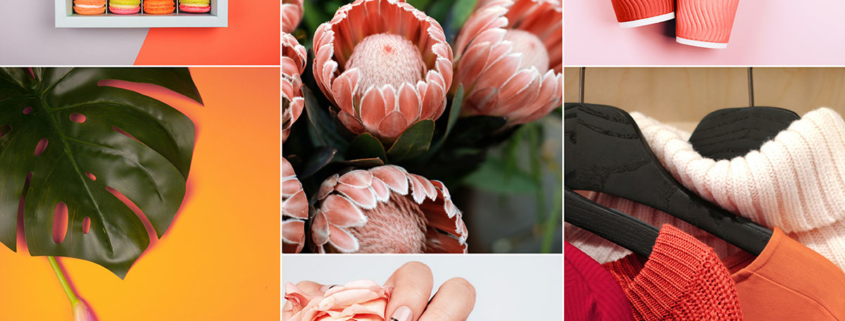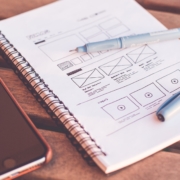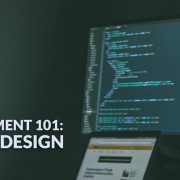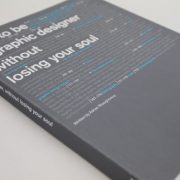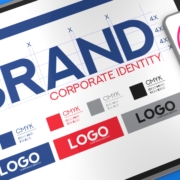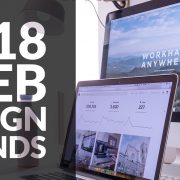How To Make A Mood Board
Many times the most effective way to gather all of the ideas bouncing around in a creative space is to use visual references. This applies whether you’re presenting to a client or simply trying to provide a clearer picture of your ideas.
A mood board, otherwise known as an inspiration board, can be a powerful tool in laying out a roadmap for the creative process involved in a variety of design projects.
Let’s start by taking a look at the technical definition of a mood board.
Mood Board
Noun
noun: mood board; plural noun: mood boards; noun: mood board; plural noun: mood boards
- an arrangement of images, materials, pieces of text, etc., intended to evoke or project a particular style or concept.
- “we put together a mood board with key images and words that best convey the essence of the brand” A mood board is a collection of like-minded design examples, organized and presented to accomplish a task, and I use them for just about everything. Mood boards can set the tone of a project, guide a team during the design process, and assist the developer, digital manager and others involved in graphic design.
Why Make A Mood Board?
Mood boards can be incredibly helpful when trying to flush out ideas. They’ve proven to be helpful for design teams ranging from interior designers to graphic designers to international retailers.
The purpose of a mood board is to highlight the integral themes and design elements – such as color palettes and typography – in an attempt to capture the emotion, tone and personality of a given project.
Along with that, it helps communicate your ideas and vision to the client. While talking through ideas with a client may work decently, it’s not efficient. Using a mood board, with a fleshed out and refined vision gives your client something more tangible to see.
With that, the client can have a proper back-and-forth with you. This will go a long way when you’re trying to unify your vision and the client’s brand to provide a cohesive message.
The Process To Create A Mood Board
Before fully diving into discovering design ideas and beginning to conceptualize your own mood board, it’s important that you follow every step in the process so that you’re constructing a design that’s cohesive with your client and their goals.
Meet With The Client
A clear understanding of brand identity is critical to creating a relevant mood board. Make sure to ask the right questions.
What are the client’s general goals, as well as the specific vision for the project at hand? What are some examples of successes they’re proud of? What does their current branded collateral tell you about their image? What are they looking to change?
Gauge the client’s personality. Are they laid back or rigid, stubborn or open to new ideas? Check the company’s website and social media pages and look for insights into the culture and philosophy.
All of these should be taken into consideration before you even start to come up with design ideas for a mood board.
Before Design Kicks Off
As a starting point, you should spend some time scouring the web for inspiration. Based on the client brief, your interpretation and vision of the goals and tone of the project will begin to take shape. Start collecting anything and everything that evokes the mood you or your team would like to see in the design.
Collect photos and swatches that embody the overall color scheme, along with typefaces. A simple Google image search can return a plethora of results and spark new ideas. By the end of this collecting spree, you’re going to have a folder full of images to pull from to inspire the actual design.
As you begin to collect bits and pieces to construct your mood board, take time to study each example. Figure out what works and why it does.
Once upon a time, physical mood boards were the only option. These are typically foam board adorned with the pieces you’ve collected or created. They’re still preferred by many, as there’s something irreplaceable about the impact of a physical representation you can feel and touch.
However, these days it’s easier than ever to generate digital mood boards as well. Milanote and Canva are just a couple of the many platforms that can assist in organizing your ideas, as well as providing mood board templates that allow you to drag and drop your various components into place.
The Design Process
With an effective mood board in hand, you’ve got a helpful tool at your disposal as you work your way step by step through the design process. It’s like a style map you can refer to any time you need direction along the way.
A mood board helps direct creativity with imagery, color and reference, and using it to guide design decisions can keep all team members involved and on the same page. So the next time you’re asking yourself, “Does that new landing page fit well within our product’s running theme/mood?”, the mood board can help you find the answer.
After Launch
You should view your mood board as a living thing. Over time, your product, brand, or design project may take on a mood of its own.
That’s a good thing, but it means it may be time to tweak your mood board–or create a new one altogether. Use mood boards as a dynamic tool that can grow with the project. The design process is almost never linear, with many twists and turns along the way.
When In Doubt, Turn To The Board
Ask any creative person: a totally blank page can be overwhelming. Being dropped into an assignment with zero framing and big expectations is a recipe for disaster. Mood boards can provide the right foundation where creativity can bloom.
Mood boards and collecting pieces of inspiration are the perfect way to keep project goals and expectations in perspective. They can help avoid surprises surrounding the design process, which are very rarely a good thing, and always provide a frame of reference for everyone involved.

